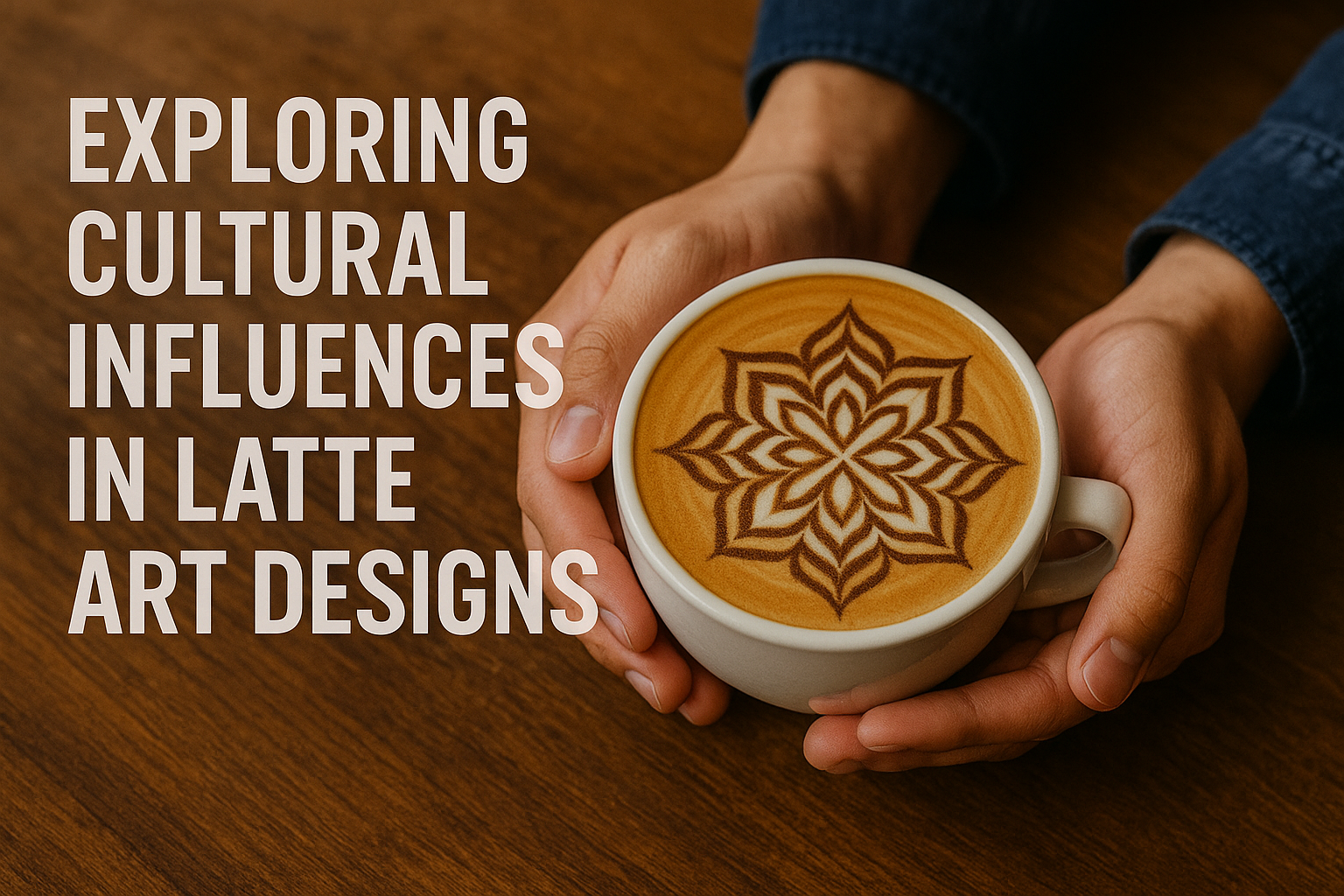Latte art is more than an aesthetic flourish on your cappuccino — it’s a living canvas shaped by the cultures, symbols, and traditions of the people who pour it.
While most coffee lovers recognize the familiar heart or rosetta, the deeper layers of design often reflect regional stories, local artistry, and global cross-pollination.
In a world where coffee is both a global commodity and a deeply personal ritual, latte art has evolved to mirror the identities of communities, baristas, and cafés.
This article explores how cultural influences shape latte art across continents, how meaning is embedded into designs, and why understanding these cultural layers enhances both appreciation and connection.
The Global Rise of Latte Art
Though latte art began gaining popularity in the 1980s and 1990s — especially in Italy, Japan, and the U.S. — its spread across the globe has created a vibrant melting pot of styles.
As specialty coffee culture grew in regions like Asia, South America, Africa, and the Middle East, latte art adapted. Baristas started integrating local patterns, language, and symbolism into their pours — turning espresso drinks into visual stories.
Global latte art championships and online sharing platforms have accelerated this exchange, allowing cultural motifs to inspire and influence across borders.
Asia: Precision, Symbolism, and Discipline
In countries like Japan, South Korea, and Taiwan, latte art is approached with incredible discipline and finesse. Rooted in broader cultural values of precision and presentation, latte art here often incorporates:
- Anime characters or local mascots
- Traditional patterns like cherry blossoms or kanji strokes
- 3D foam art, where characters or animals pop out of the cup
Japanese latte artists are known for minimalist, elegant styles that echo the aesthetic of wabi-sabi — simplicity and imperfection as beauty.
Korean baristas often blend pop culture and art into their pours, while Taiwanese competitions showcase 3D foam art that blends playfulness and sculptural technique.
Latin America: Vibrance, Celebration, and Expression
In Latin American countries like Brazil, Colombia, and Mexico, latte art often reflects the region’s energetic and expressive cultural DNA.
Baristas here favor:
- Bold designs with dramatic contrasts
- Colors added with powders or edible paint for competitions
- Themes drawn from festivals (like Día de los Muertos)
- Nature-inspired motifs, such as coffee plants and native birds
Latte art becomes part of storytelling — used to celebrate indigenous heritage, local celebrations, or café philosophy.
In Brazil, where coffee is a source of national pride, latte art often serves as a tribute to the country’s roots, incorporating motifs like the national flag or coffee cherries.
Middle East and North Africa: Geometry, Calligraphy, and Ritual
Coffee has deep historical roots in the Middle East and North Africa. In places like Turkey, Lebanon, Saudi Arabia, and Morocco, coffee is more than a drink — it’s a ritual of hospitality.
While latte art is newer to these regions, cultural aesthetics are being incorporated:
- Arabic calligraphy drawn on foam with dark espresso crema
- Geometric designs inspired by Islamic art
- Spice dusting (like cardamom or cinnamon) as part of the visual layer
Here, baristas blend modern techniques with ancient symbolism. Art becomes not only a visual but also an aromatic experience, linking coffee to tradition.
Africa: Storytelling Through Color and Community
As African countries like Ethiopia, Kenya, and Rwanda grow their specialty café scenes, latte art is gaining traction — often rooted in storytelling and natural motifs.
Themes include:
- Tribal patterns represented in symmetrical pours
- Wildlife inspired by local fauna
- Color palettes drawn from fabrics, art, and landscapes
In Ethiopia, the birthplace of coffee, baristas often incorporate cultural symbols that reflect coffee’s sacred role in community and ceremony.
Cafés also use latte art as a tool for storytelling — sharing the origin of beans and their cultural context through visual cues.
Europe: Tradition, Technique, and Innovation
In Europe, where coffeehouse culture stretches back centuries, latte art balances tradition with technique.
Italy, the espresso capital, tends to emphasize classic designs like hearts, tulips, and leaves. Precision and crema quality take center stage.
In Northern and Western Europe — particularly in Scandinavia, Germany, and the UK — baristas push boundaries with:
- Freestyle designs that include abstract shapes or symbols
- Edgy, modern aesthetics to match café branding
- Collaborations with visual artists or digital projections on foam
European latte art often reflects broader design trends, such as minimalism, Bauhaus influence, or even graffiti art.
United States and Australia: Innovation, Fusion, and Competitions
The U.S. and Australia have long been at the forefront of specialty coffee — and latte art.
In cities like Portland, Melbourne, New York, and Sydney, baristas are known for:
- Blending global styles
- Hosting throwdowns that inspire competitive creativity
- Using art to reflect café themes, such as music, skate culture, or feminism
In the U.S., latte art frequently intersects with identity. LGBTQ+ symbols, political statements, and pop culture tributes are common.
Australian baristas, on the other hand, focus heavily on texture, symmetry, and technical mastery — a legacy of the third wave coffee movement.
Cultural Appropriation vs. Appreciation
As latte art incorporates global influences, questions of cultural sensitivity arise.
Baristas must navigate the fine line between appreciation — honoring another culture’s design with knowledge and respect — and appropriation, which can come off as superficial or disrespectful.
Best practices include:
- Learning the meaning behind a symbol
- Citing your inspiration
- Avoiding sacred or religious motifs unless they’re personally relevant or understood
- Collaborating with artists or baristas from the culture being referenced
Respectful integration enriches the coffee community and fosters dialogue rather than division.
The Role of Competitions and Global Exposure
International latte art competitions, such as the World Latte Art Championship, have encouraged baristas to draw on their culture as a competitive edge.
In these events, participants often:
- Incorporate traditional patterns from their home country
- Use cultural colors and textures
- Share personal stories through their designs
Judges increasingly reward authenticity, making cultural storytelling a strategic asset as well as an artistic one.
Latte Art as Cultural Diplomacy
Cafés that embrace multicultural latte art become ambassadors of global understanding.
By training staff to understand the background of designs, hosting cultural theme nights, or celebrating international latte art days, cafés contribute to a more inclusive, creative coffee scene.
Customers are drawn not just to the drink, but to the story behind it — a chance to experience another part of the world, one cup at a time.

Artur is a coffee enthusiast and content creator passionate about barista techniques and coffee culture. With a sharp eye for detail and a love for learning, he shares practical tips, brewing guides, and gear insights to help readers elevate their coffee experience — from home brewers to aspiring professionals.
